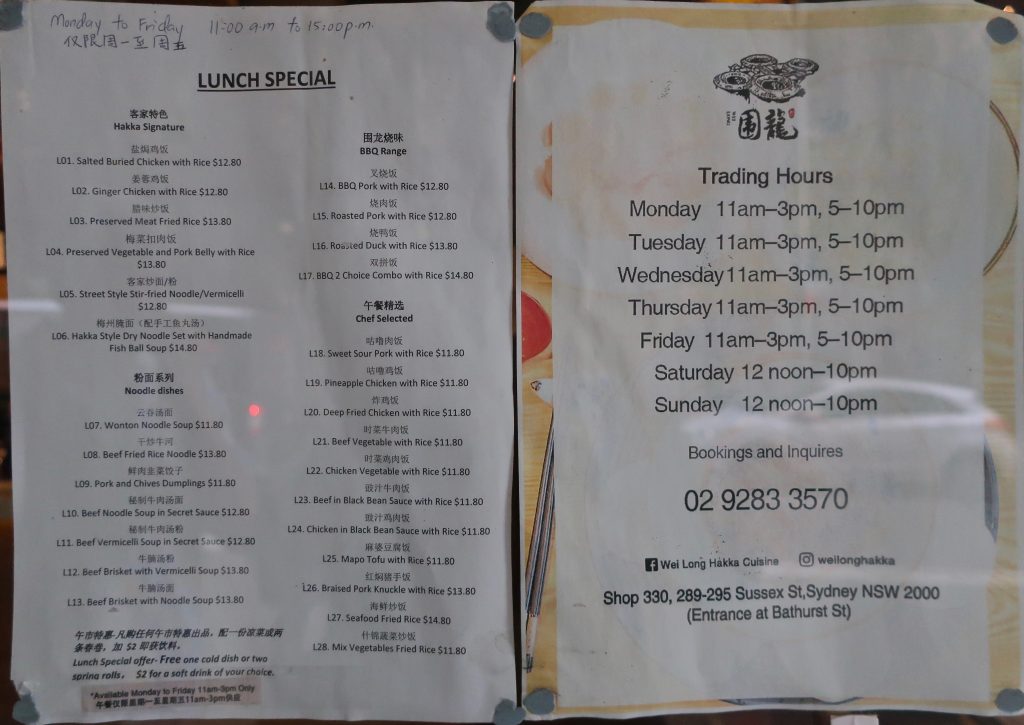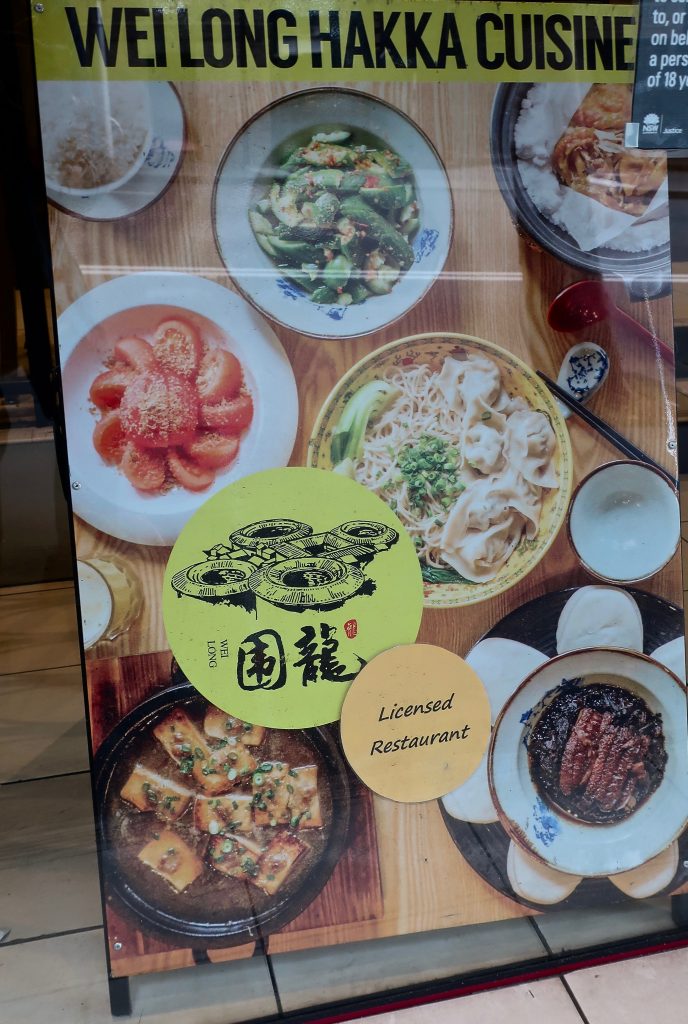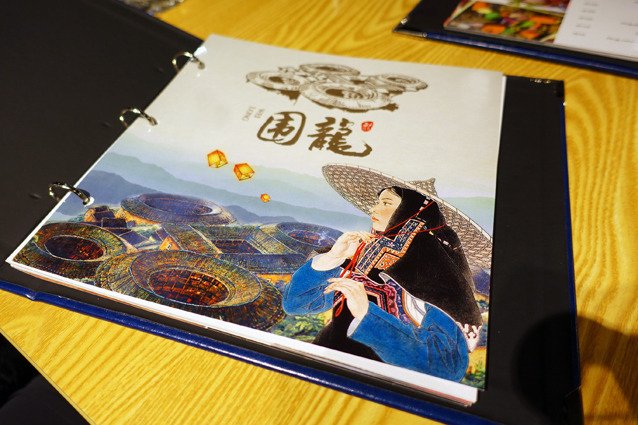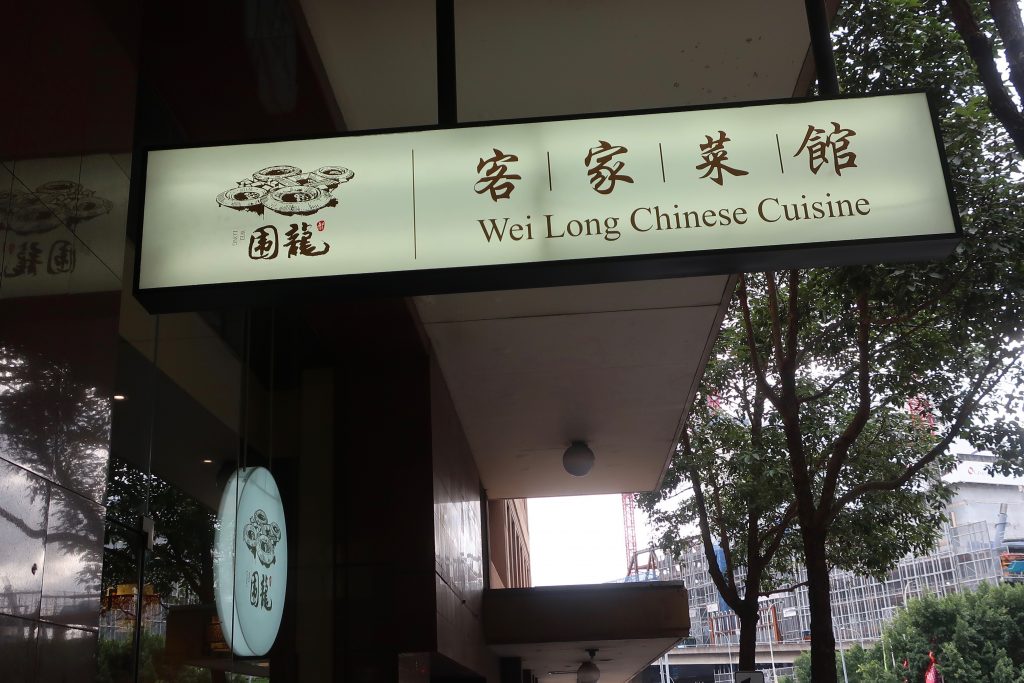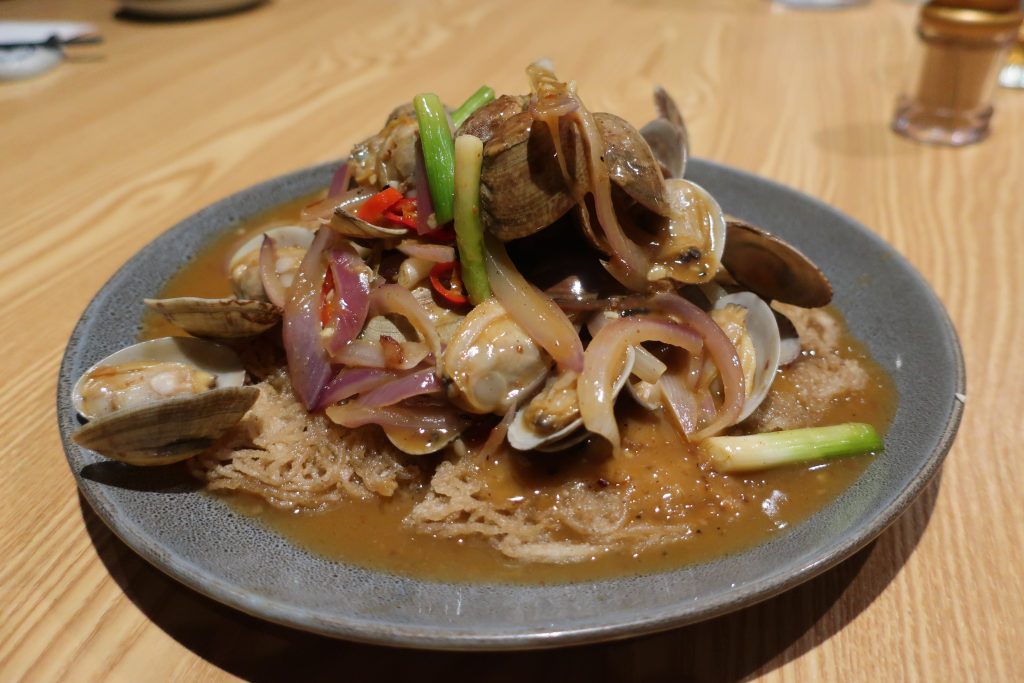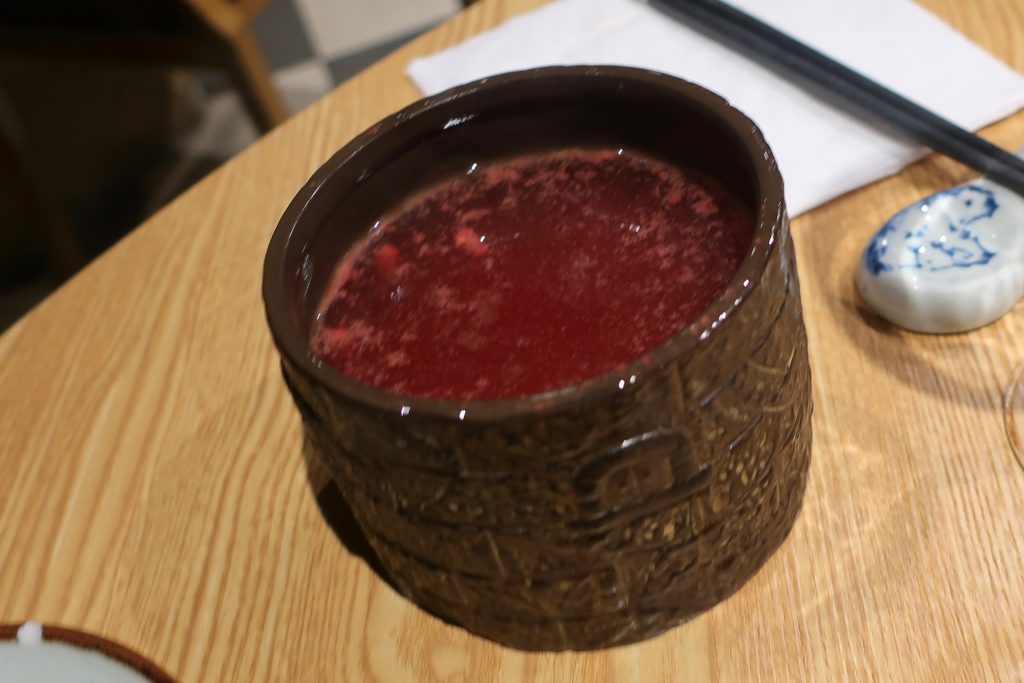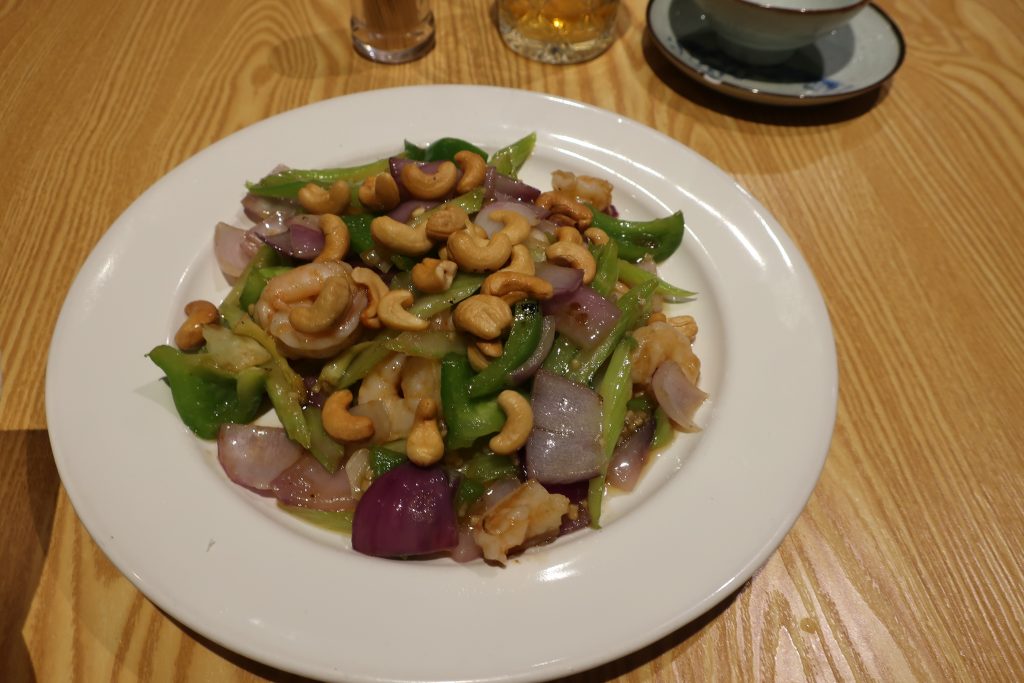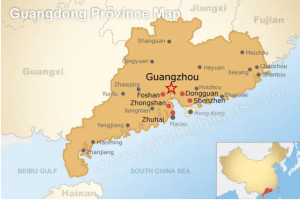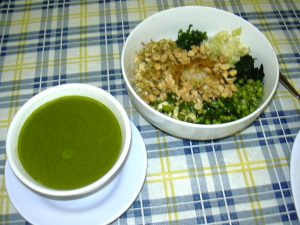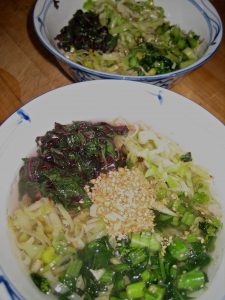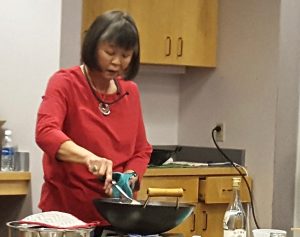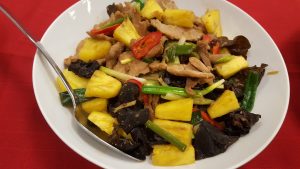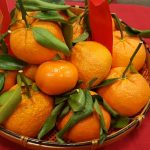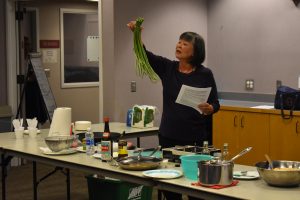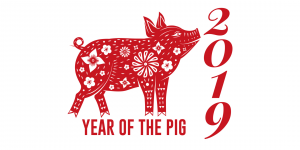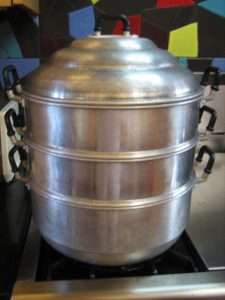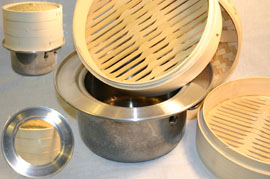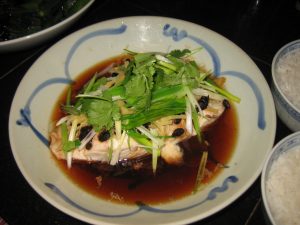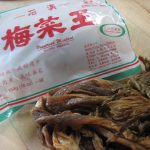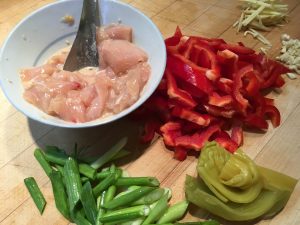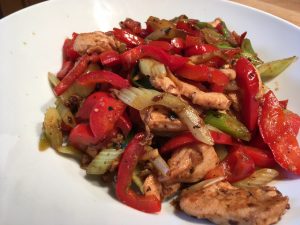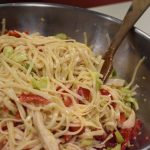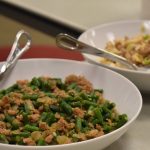Hakka migrated all over the world. While on a recent tour through Australia, I looked for a Hakka restaurant and found Wei Long, recommended by the Facebook group Hakka Australia. I was told the owners, Austen Wang and Kerry Yan, were Moiyan-born Hakka. Six years ago they immigrated to Australia. When they could not find Hakka food like they ate in Meizhou, they started this Hakka restaurant in Sydney.
Luckily, Wei Long was walking distance from our hotel. A few people from our tour group joined us for an impromptu dinner. There were many choices on their multi-page dinner menu. Because our small group had diverse tastes and some dietary restrictions, each person chose one dish to share. Here are a few dishes we tried. There are many more choices.
Hakka-style clams (not sure of how it was listed on the menu) brought stir-fried clams, flecked with a few red chile slices, in a savory sauce over a bed of pan-fried rice noodle coils. The noodles soaked up the sauce, yet maintained a slight crisp edge from panfrying.
A slow-cooked Stewed Meat Soup with Red Rice arrived in a small covered clay container. Red yeast rice, often used to color rice wine, imbued the soup with chunks of minced beef with a rusty red hue. It was hot, satisfying, and comforting. A simple stir-fry of prawns and cashews pleased all tastes.
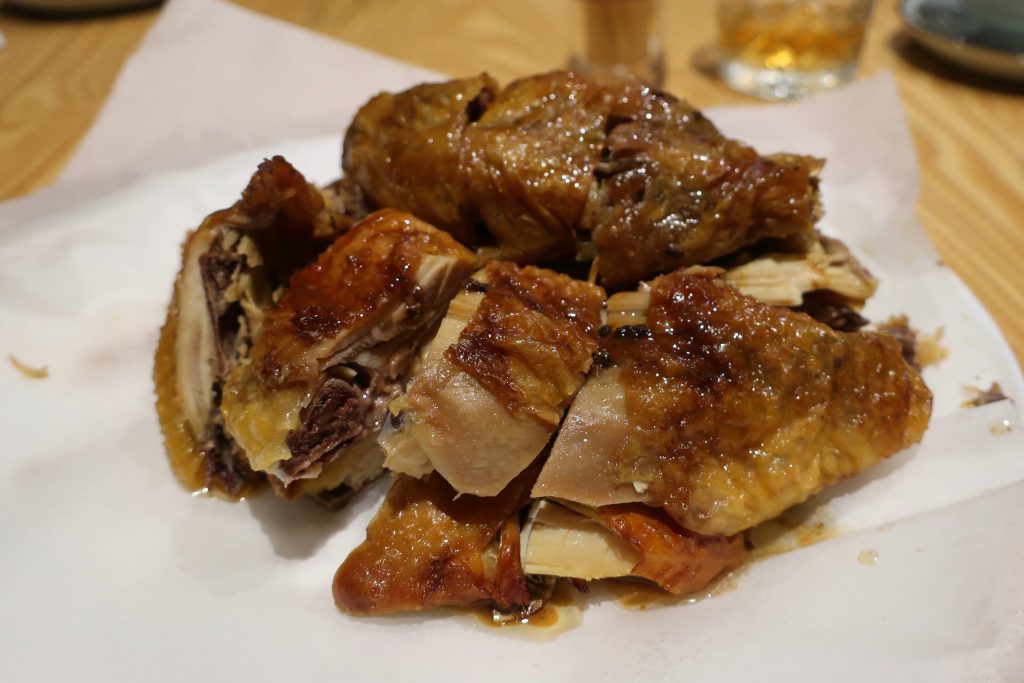
The moist, tender Salt-Buried Chicken was drizzled with a savory sauce that tasted of the musty camphor flavor of sand ginger (sha jiang).
My husband loves Sweet and Sour Pork so we tried Hakka-style Sweet and Sour Pork. Not sure what made it Hakka but it tasted lighter, fresher, and less cloying sweet than most versions.
If you’re in Sydney, Australia and want to try Hakka cuisine, visit Wei Long in the Central Business District.
Wei Long
Shop 330
289-295 Sussex St
Sydney New South Wales 2000
Australia
Phone number +61 2 9283 3570
